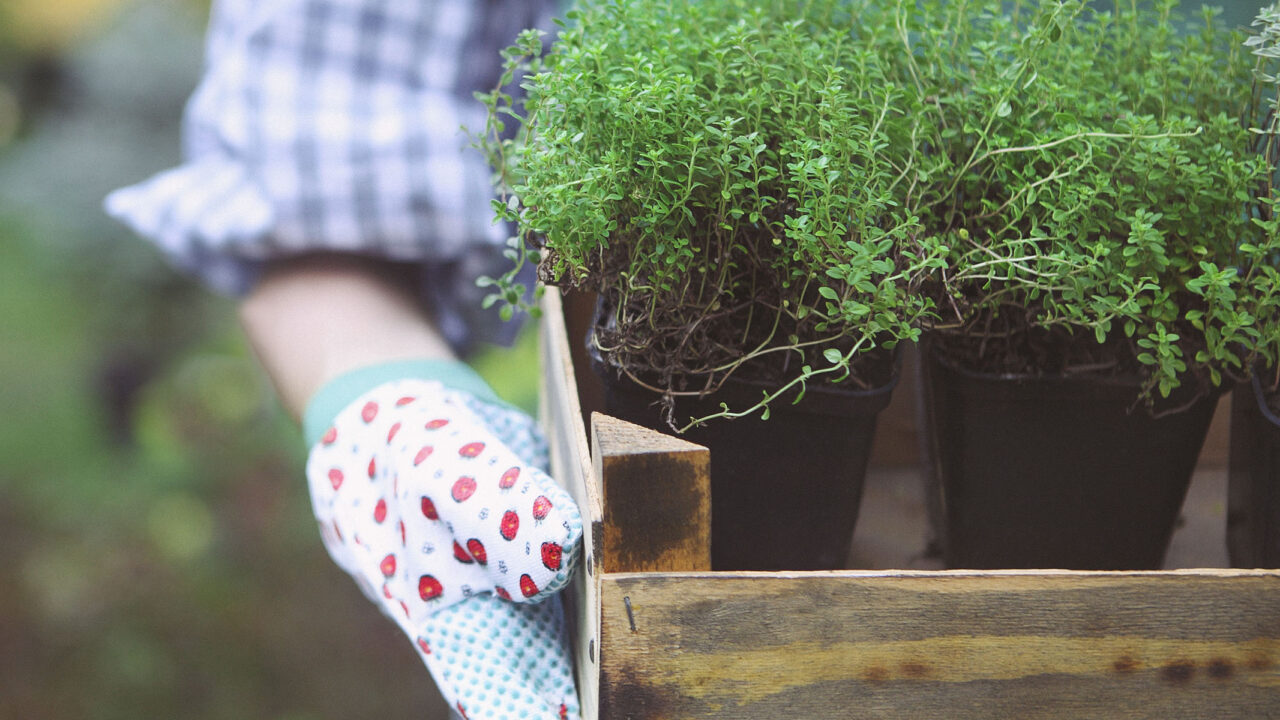Characteristics
| Hardiness zone | 8b |
|---|---|
| Foliage type | evergreen |
| Plant form | arching |
| Mature height | 20 feet |
| Spread | 20 feet |
| Light requirements | full sun to partial shade |
| Moisture requirements | dry to moist |
| Plant origin | North American native |
Houston's favorite garden center devoted to Texas native plants and organic gardening.
Botanical name: Otatea acuminata ‘Aztecorum’
A rare and stunning ornamental bamboo perfect for a tall screen or as an accent where space allows; foliage is long and extremely narrow, giving it an arching, weeping look; drought tolerant once established, but looks best with occasional watering.
Other names: syn. Yushania aztecorum
| Hardiness zone | 8b |
|---|---|
| Foliage type | evergreen |
| Plant form | arching |
| Mature height | 20 feet |
| Spread | 20 feet |
| Light requirements | full sun to partial shade |
| Moisture requirements | dry to moist |
| Plant origin | North American native |
Mexican Weeping Bamboo's attractive threadlike leaves remain light green in color throughout the year. Neither the flowers nor the fruit are ornamentally significant.
Mexican Weeping Bamboo is an herbaceous evergreen perennial with a shapely form and gracefully arching stalks. It brings an extremely fine and delicate texture to the garden composition and should be used to full effect.
This is a relatively low maintenance plant, and is best cleaned up in early spring before it resumes active growth for the season. It has no significant negative characteristics.
Mexican Weeping Bamboo is recommended for the following landscape applications;
Accent, Hedges/Screening, General Garden Use
Mexican Weeping Bamboo will grow to be about 20 feet tall at maturity, with a spread of 20 feet. It has a low canopy with a typical clearance of 2 feet from the ground. It grows at a fast rate, and under ideal conditions can be expected to live for 40 years or more.
This plant does best in full sun to partial shade. It is very adaptable to both dry and moist growing conditions, but will not tolerate any standing water. It is not particular as to soil type or pH. It is somewhat tolerant of urban pollution. This is a selection of a native North American species. It can be propagated by division; however, as a cultivated variety, be aware that it may be subject to certain restrictions or prohibitions on propagation.
